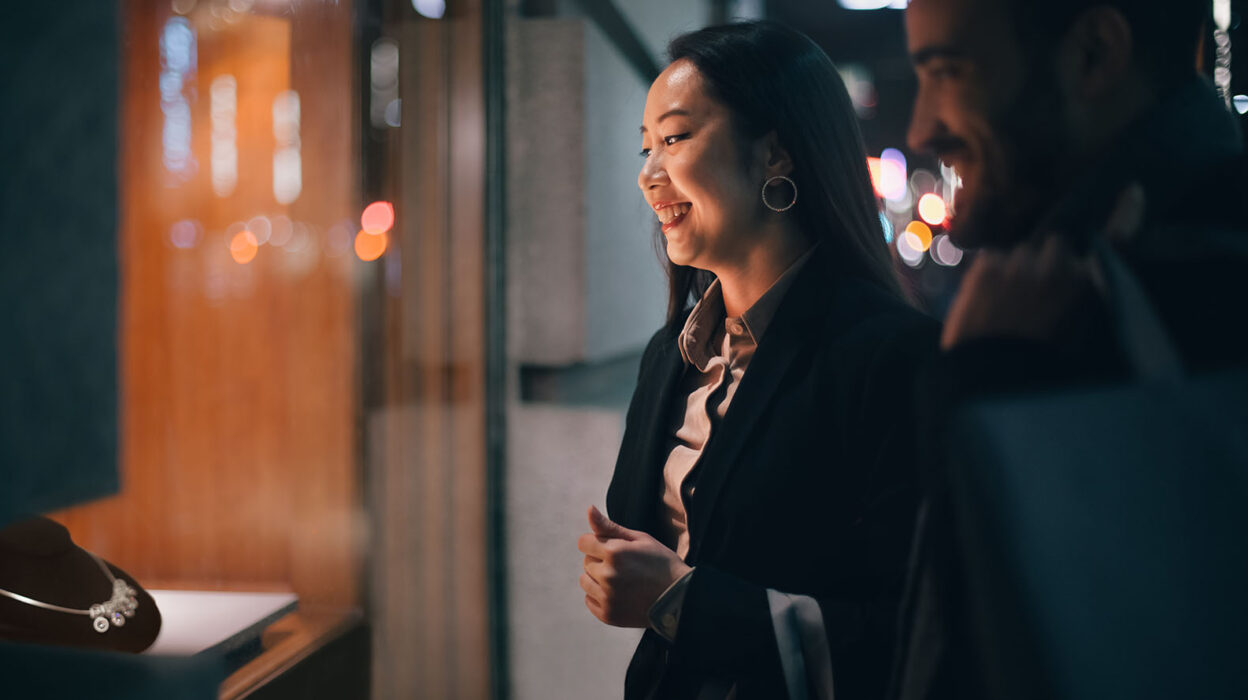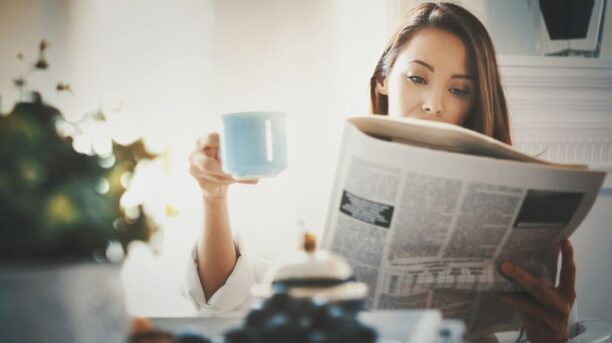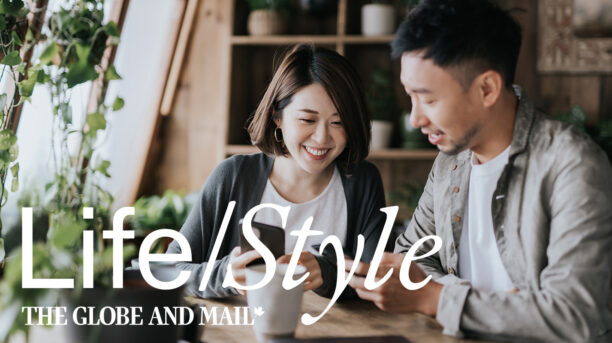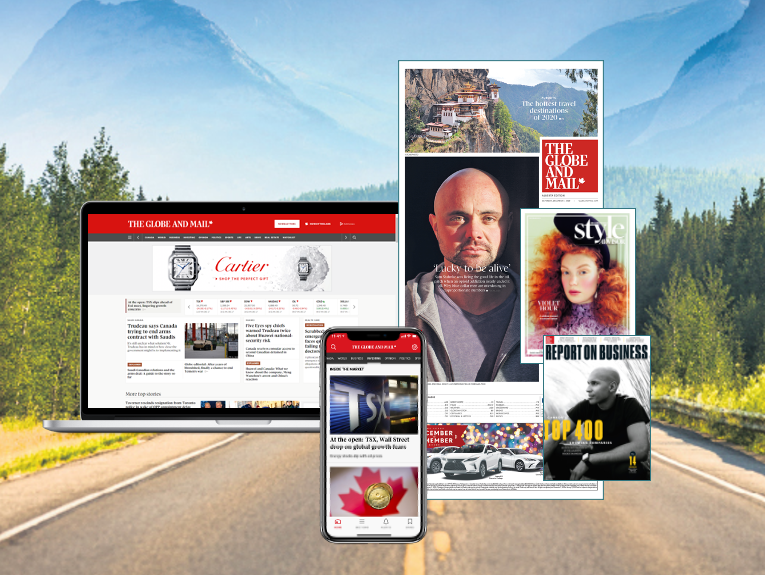Nationwide, luxury retailers are engaged in a competition to win over luxury consumers. From the opening of flagship luxury stores along Toronto’s Bloor Street to Montreal’s Holt Renfrew Ogilvy or Vancouver’s high-end retail street dubbed the ‘luxury zone,’ there’s been an increasingly significant push to win over local luxury consumers. However, with looming economic concerns driving uncertainty across sectors, we wanted to understand Globe readers’ luxury buying behaviours and their plans for the year ahead.
We surveyed our Globe Insiders panel of readers to get their thoughts and insights into the market. In this article, we will explore the findings, from what readers deem the most important aspects of luxury goods to their purchasing plans, who they’re buying for, where they shop, and what luxury items they’re most interested in.
Mapping the luxury market
Most Globe readers (67%) bought or have plans to purchase personal luxury items, with nearly the same percentage (65%) having purchased at least one such item in the past twelve months. When looking at specific categories, reader preferences were clear: 47% purchased clothing, 36% shoes or boots, and 27% skincare.
Luxury watches also represent a significant category of interest. 40% of Globe readers stated they are interested in or own luxury watches, with 7% owning multiple watches and 18% owning one. Beyond personal luxury items, Globe readers also demonstrate distinctive patterns for other premium purchases. Wine and other alcoholic beverages stand out as the most popular non-personal luxury category, with 42% of respondents having invested in these products.
Over the past twelve months, a majority of readers (80%) shopped for themselves, while only 14% bought luxury gifts for their romantic partners.
Physical retail maintains its luxury edge
Despite the rise in online shopping over the past decade, luxury consumers strongly prefer traditional retail experiences. A significant 72% of The Globe’s luxury shoppers report purchasing their premium items in-store rather than online. This preference is even more pronounced when comparing buyer preferences, with 80% favouring in-store experiences within Canada. This starkly contrasts the mere 15% who prefer purchasing from Canadian online retailers, suggesting that luxury consumers actively seek exclusive experiences that physical retail environments provide throughout their customer journey.
Further, 79% of respondents specifically cited the in-store shopping experience as important to their luxury purchasing decisions. This desire for human engagement extends beyond simple transactions, with one in four Globe buyers expressing interest in deeper brand connections through in-store events hosted by luxury retailers.
How ethics and quality shape luxury decisions
While the shopping experience remains essential for luxury consumers, their purchasing decisions are increasingly influenced by ethical considerations. Four of five Globe readers view ethical production as the most important aspect of a luxury good, with custom-made craftsmanship important for 78%, sustainability for 74%, and locally sourced materials for 64%.
However, consumers’ priorities shift when asked why they support personal luxury brands. Nearly all respondents (96%) cited product quality as their primary reason, followed by price (82%) and brand authenticity (78%). Only 50% mentioned a brand’s support for important causes like women’s rights, fair wages, or environmental initiatives. The gap between ethical considerations and reasons for brand loyalty reflects the complex nature of luxury consumption, where ideals and traditional value propositions compete.
Who is inspiring interest in luxury brands
Globe readers showed diverse preferences when asked about their sources of inspiration for luxury brands. Personal connections ranked highest, with 39% seeking recommendations from friends or family. Digital content followed closely, with 37% turning to online reviews, articles, and blogs, while traditional print magazines influenced 35% of respondents. Print and online newspapers were selected by 26% and 23%, respectively. Notably, despite its widespread presence, social media inspired only 10% of luxury consumers, potentially reflecting a perception that social platforms lack exclusivity.
Economic headwinds shifting buyer focus
Despite the strong preference for luxury items shown throughout this article, recent political factors are generating hesitation among some luxury consumers. While only 13% of readers have or will delay a luxury item purchase, their reasons reveal broader concerns. Financial priority shifts and unfavourable exchange rates were each cited by 39% of these cautious consumers, while 35% pointed to the impact of the Canada-US tariff war. Economic uncertainty also played a role, with potential recession fears and inflation worries affecting 33% and 30% of respondents, respectively.
Summary
Globe readers demonstrate a strong affinity for luxury goods, with clothing leading purchase categories. Despite the digital age, most prefer in-store shopping experiences over online channels, and product quality remains the dominant factor driving brand loyalty. Though economic concerns have prompted some buyers to delay purchases, the luxury market remains resilient, with nearly a third of Globe readers buying a luxury item in the past twelve months.





